Hoteliers and restaurateurs are constantly looking for ways to improve their guest experiences. Why? They want to provide guests with a memorable dining experience, and they want to ensure that they get repeat visitors.
And guess what? The F&B data they’ve automatically collected from their POS system or advanced reservation platform is key in improving customer service and the overall guest experience.
This article will explore a few top ways to leverage F&B data to enhance guest satisfaction. But first, let’s take a look at why the guest experience at your restaurant is essential.
Why is Guest Experience Important?
What makes a great dining experience? Is it the food or the service? Or maybe it’s both?
The hospitality industry has seen a massive shift over the last decade. From the rise of casual dining to fine dining, restaurants are now competing with each other for guests.
But even though consumers are demanding better experiences at their favorite restaurants, they don’t always get them. In fact, some restaurants fail to deliver the kind of customer service that keeps guests returning for more.
So why does guest experience matter? Because it helps restaurants, especially at your hotel, stand out from the crowd. And according to research, businesses experience an 80% increase in revenue if they focus on guest satisfaction.
Top 10 Ways To Use F&B Data To Improve Guest Experience
Let’s take a look at the top 10 ways hotels and hospitality groups can use their F&B data to help improve the guest experience at their restaurant.
1. Create a Better Menu
Determining what dishes on your menu outperform others can be extremely difficult. With the help of valuable F&B data and analytics, you can find out what menu items are selling, and what dishes bring back repeat customers.
By accumulating data like most-ordered dishes on the menu, and viewing guest feedback and customer reviews, you will be able to decide what items on your menu need to stay and what needs to go. You will also be able to establish when to offer special discounts and how to focus more on specific menu items that help the kitchen save more time creating.
2. Understand your Guest Better
If you’re not sure where to start improving your guest experience, try asking yourself these questions:
- What do I want my guests to feel?
- How can I make them feel welcome?
- What do I need to provide to ensure their satisfaction?
And what better way to get the answers above than to listen to what your guests say? With revolutionary guest data platforms, like Eat App, you can automatically send guests a feedback survey after they’ve left your restaurant.
Guests will then be able to give honest feedback, helping you and your team better understand their experience. And, if any negative feedback arises, you can address it with your guest before they go and leave a negative review online.
3. Personalize your Guest Experience
You should always base your decisions on facts, not emotions. With that being said, you should always ask guests what they like. This way, you can find out what they enjoy eating and drinking at your restaurant.
With the help of guest data, you can reveal valuable insights about your guests and create a more memorable experience. This includes valuable guest information, such as preferences, demographics, and any booking habits you and your staff can use to create a more personalized experience. For example, if you notice a guest’s birthday or anniversary, you can offer them a complimentary dessert to show you have their experience on top of mind. Or, based on “evidence” you know that a certain guest enjoys being seated at the window, instead of outside.
4. Manage your Staff’s Needs
Managing staff is complex because it involves balancing the organization’s needs with its employees. Losing staff can have an impact on your revenue as well as the amount of time it takes to train them to help keep the guest experience at the top level. In addition, staffing managers face high turnover rates, low productivity, and poor morale.
Staffing managers can improve their decision-making skills by using data analytics to identify trends in their workforce. They can also use F&B data to predict future staffing needs and plan accordingly.
5. Keep an Eye Out for Trends
By reviewing daily or monthly reports, you can review trends amongst your guests, and help base your guest experience on their behavior. For example, if you notice that guests tend to order the same dishes repeatedly, you can try offering something different. Or, if you notice that guests seem to prefer a particular type of food, you can add more of it to your menu.
With a guest data platform, you can also establish the most popular times guests make a booking, or when your waitlist times tend to pick up. This will help your kitchen staff manage their workflow and satisfy your guests. And with that information, you can prepare popular dishes that might not take too much time.
6. Improve your Marketing Efforts
By implementing a revolutionary guest data platform, you can build a digital guest book containing robust guest profiles and data. With a powerful CRM tool, you can simultaneously send targeted messages to your VIP guests and other visitors.
This is especially great if you’re looking for effective ways to get your restaurant guests back. For example, offering discounts via email to guests who book reservations online can help increase your average check per table.
Other ideas include:
- Sending your guest “happy birthday” emails along with special offers
- Strategically promote VIP events at your restaurant
- Reward offers to regular guests to ensure they keep coming back
7. Track your Restaurant’s Performance
The restaurant industry has always been competitive. To stay ahead of the competition, restaurants must constantly improve their operations and services. This means they need to track their employees’ performance and ensure they are meeting customer expectations.
Powerful guest data platforms can also provide valuable insights into your restaurant’s performance. They allow you to see where guests spend time, how long they visit each area of your restaurant, and even how much they spend. These insights can help you identify areas of improvement and improve your guest experience.
8. Impress High-Spenders
Take your guest experience to the next level. With a revolutionary platform, restaurant owners and staff members can create a centralized communication method by implementing a “Notes” feature. Start by getting your staff members to take digital notes whenever your VIP or high-spenders visit your restaurant. This way, they can remember what they ate and drank while they were there. Then, they can share those experiences with you later.
Here are a few examples of how to use a “Notes” feature:
- Notify your staff about upcoming specials
- A certain VIP guest is coming, and they’re celebrating an anniversary
- Let your staff know that a big group of people is coming for a birthday party
- Inform your staff if a dish on the menu is no longer available
9. Help Fill Those Empty Seats
For a restaurant, empty seats mean a loss in revenue. Luckily with the help of F&B data, restaurants can overcome and understand the dilemma around “empty seats”. For example, with a revolutionary guest data platform, hoteliers and operators can use data to review the no-show rate at their restaurants. And if the number is relatively high, they can tackle the issue by requiring a booking deposit. Operators can also address off-peak hours by offering special discounts to bring in more guests.
10. Maintain Loyal Guests
If you’re a regular guest at a particular place or hotel, chances are they’ve sent you a coupon or discount card. This is called the “guest loyalty program” and is becoming very common nowadays.
Restaurants are using guest loyalty programs to attract new guests and retain existing ones. They’ve found that offering discounts and rewards to loyal guests helps them increase their sales and improve the guest experience. You can also use guest loyalty programs and guest data to create personalized offers for your target audience. This will help to take your guest experience from good to great.
Free Guide: Learn How to Triple Your (Hotel) Restaurant Revenue
In this restaurant Customer Acquisition guide, you’ll learn how to increase online reservations on multiple platforms like Google Business, Facebook, and Instagram. This way, you reach a large audience and increase the number of reservations.
Click here to download the “Restaurant Customer Acquisition Guide”.
More Tips to Grow Your Business
Revfine.com is the leading knowledge platform for the hospitality and travel industry. Professionals use our insights, strategies, and actionable tips to get inspired, optimize revenue, innovate processes, and improve customer experience.Explore expert advice on management, marketing, revenue management, operations, software, and technology in our dedicated Hotel, Hospitality, and Travel & Tourism categories.

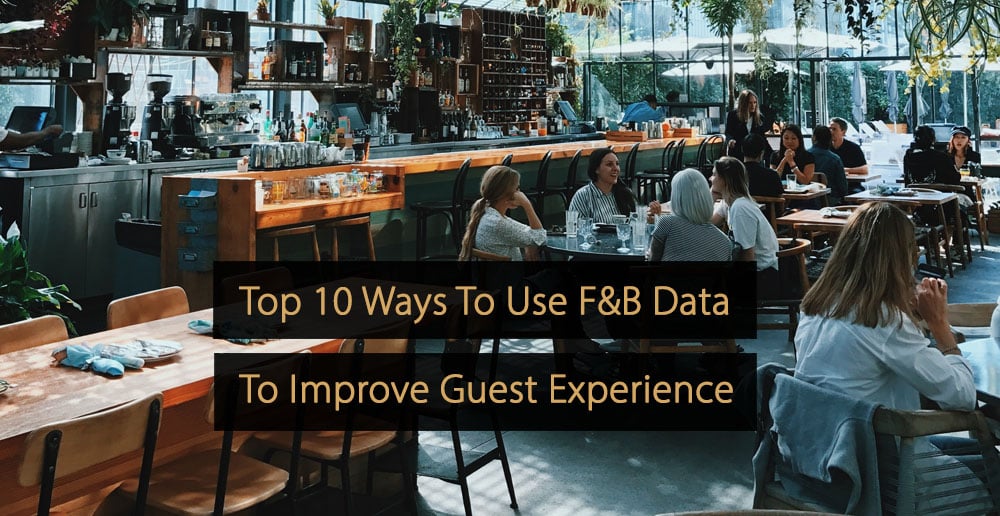


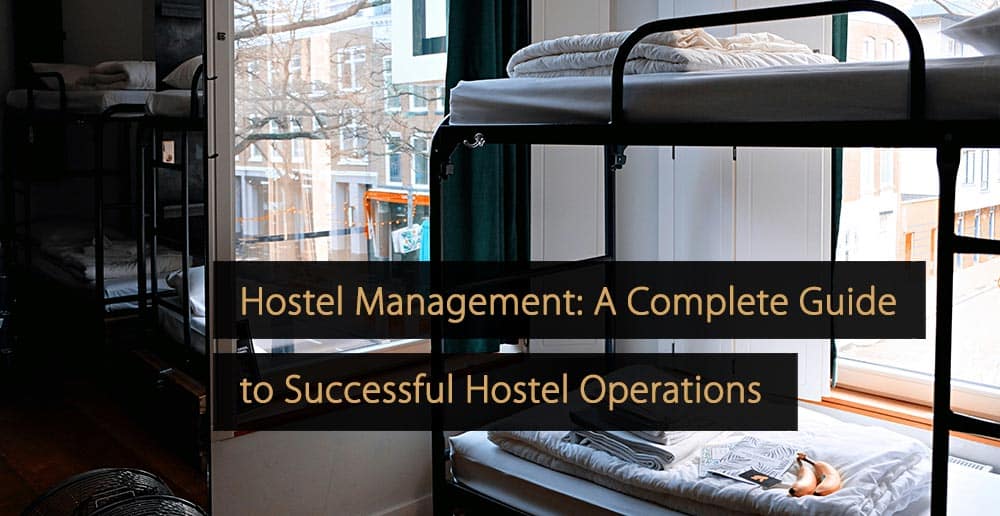
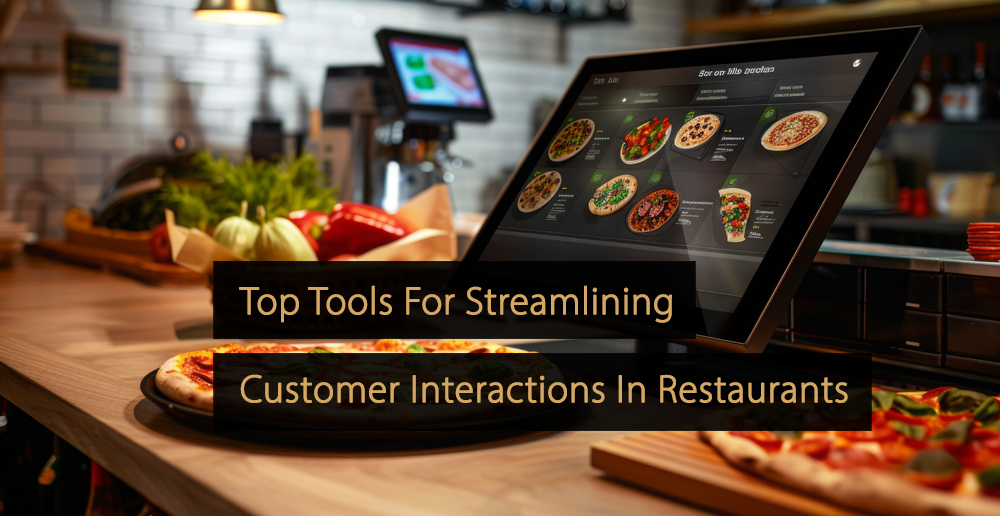
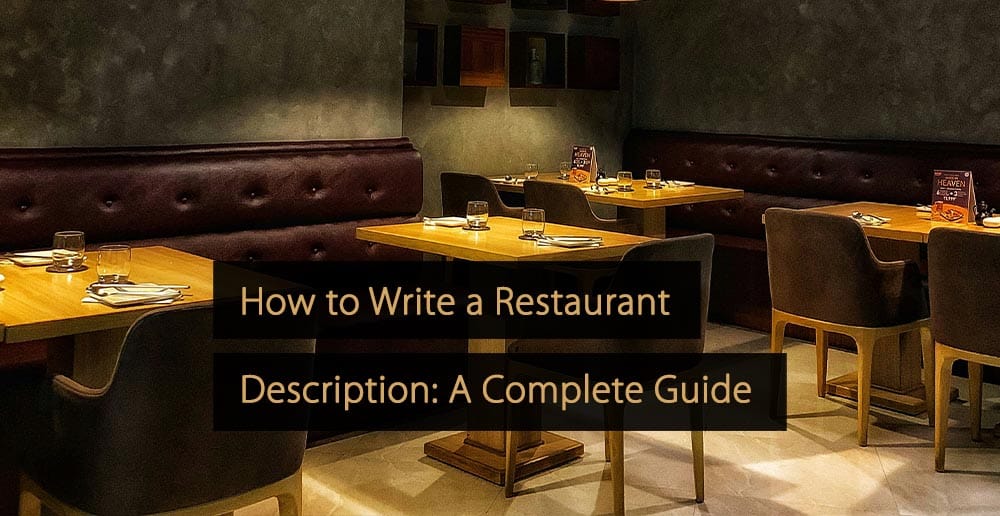
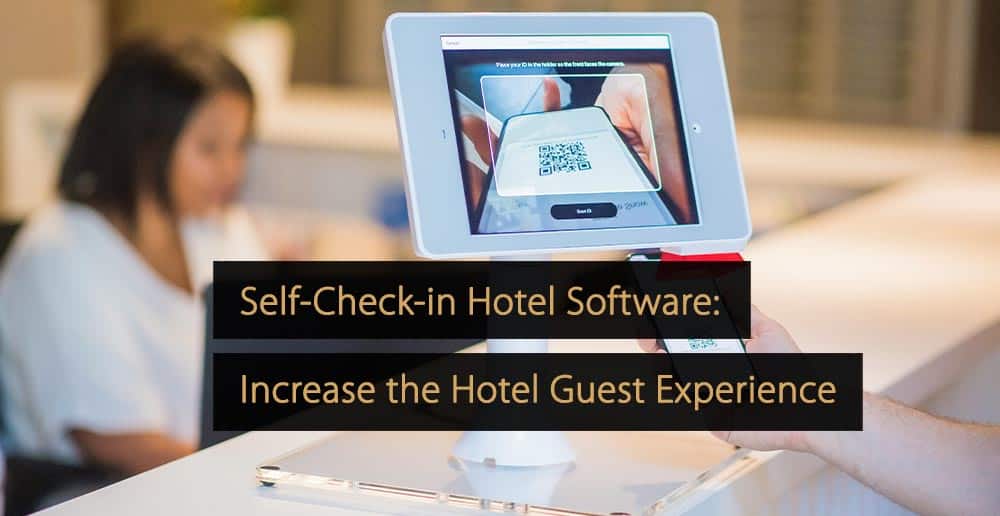
Leave A Comment